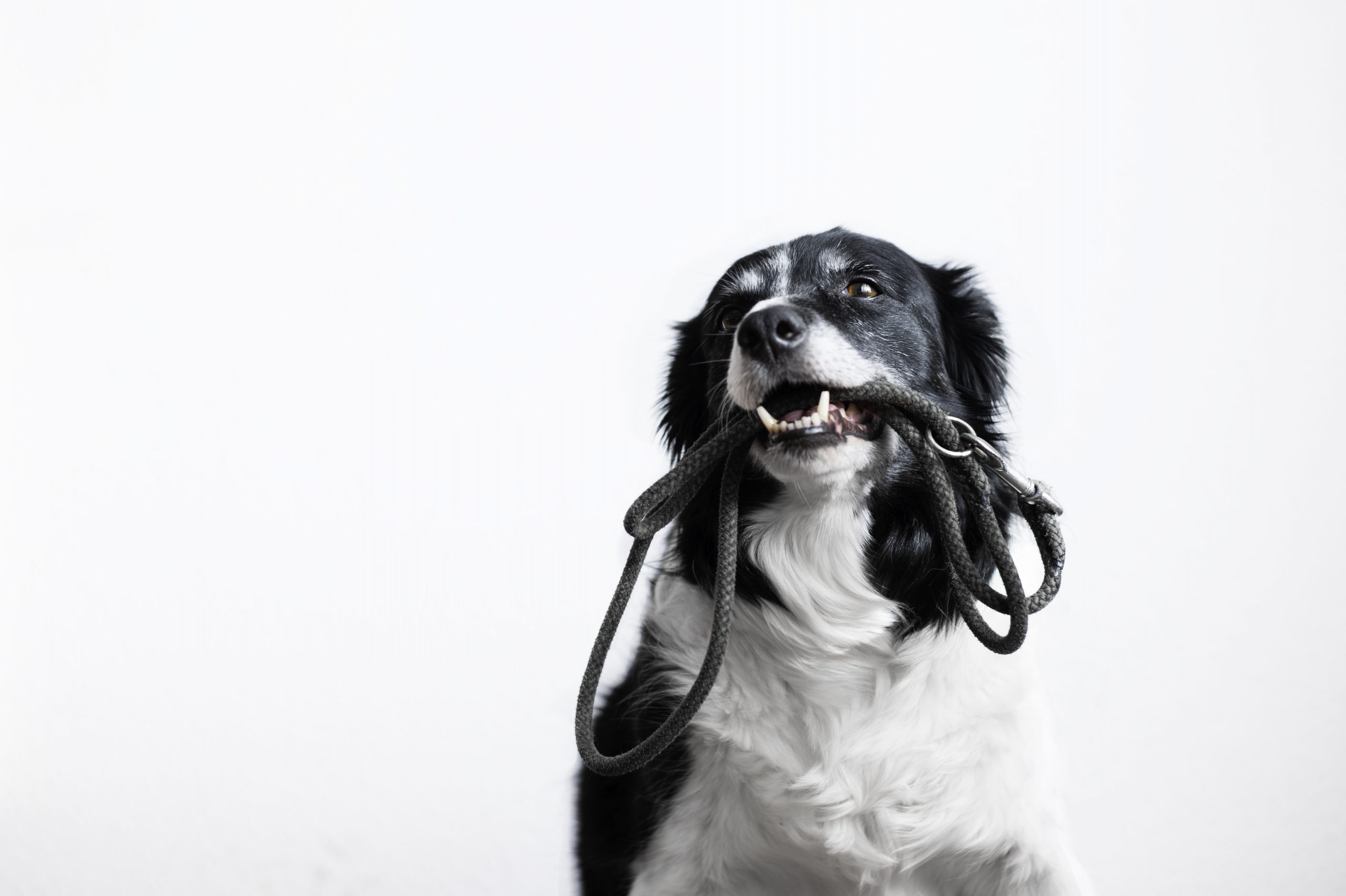There are many things you will hear about in terms of what you need for proper training for your dog. The reality is, most of them are carefully marketed products that are there to make someone money. Now, that isn’t to say they aren’t effective, but they also aren’t necessarily required. The fact is, you can find many training tools that are fun and that offer some benefit in terms of new items to explore, but the bare bones of what you need are much fewer.
When you are planning to train your dog, here are the necessities:
A collar
To find the right collar, use a tape measure. This is the most accurate way to find a collar that works. After you get the width of your dog’s neck, add one to three inches, depending on the size of your dog, to get the correct length. A rule of thumb is to use two fingers; if you can fit two fingers under your dog’s collar when it’s on, you’re at a good length for your pet. When you go to the pet store, you’ll find that the collars are sorted into sizes by length.
Here’s the other thing—when you go to a pet store, you’ll find lots of different cute collars for your pet. Some have flowers on them, some you can customize; you can get choke collars, adjustable collars, etc. The options are endless. Your best bet is to get an adjustable collar because your puppy will grow quickly.
If you have an older dog, you may want a one-size collar, but it’s up to you. Remember, consistency is key, so if you decide on one collar, use it long-term.
You will also find some controversy with “bark collars” and “electronic collars.” These are collars that you control remotely and that offer vibration to your dog when unwanted behavior is shown. Obviously, for a puppy, these aren’t needed. They usually aren’t needed for older dogs, either. You can properly train your dog with a normal nylon collar.
There is one exception: if your dog is a “squirmer” and pulls out of the collar, a harness may work better for him.
As a side note, keep your dog’s collar safe. Puppies love to chew, and the collar is a perfect thing—it smells like you and your dog, so he’ll likely love it. Either keep the collar on your pet or keep it out of his reach.
A leash
Again, simple is good, so when you see a matching nylon leash, that will do just fine. You will have lots of options, though, so be ready to sort through them.
Some people like retractable leashes and they are fine, but not necessarily for a young pup. When you are training your younger dog, you want him to get used to walking with you and not tens of feet in front of or behind you. This is part of setting the pack structure in which your pup or dog learns to follow alongside you.
When you first start training, you want to keep your dog as close to you as possible—within reason. A good six-foot leash will do just fine.
You will also see leashes that eliminate collars altogether and fasten around your dog’s body with a harness. These are fine too. Just be sure to take off the harness every time you are done with a walk or a training session.
Remember also that a pup will love chewing on his leash, so keep it away from him when it isn’t in use.
When you’re picking a leash, make sure it has a metal hook that swivels all the way around. If your pup takes a while to learn how to walk on your lead, this will stop the leash from twisting every time your puppy moves. Test out the length of your lead while you’re in the store prior to purchase. You want your puppy to be close to you but still be able to move comfortably with you on walks.
A crate
There is some controversy with this one. Some people don’t like crates because they believe that they are limiting or don’t offer the dog freedom.
They also believe that crates keep a dog away from his owner, isolated and lonely.
Both of these are not true. The reality is, dogs are pack animals that usually have their own space.
When you purchase a crate, you are giving your dog that gift of his own space. As your dog ages, you’ll notice that he will retreat to his crate at times to just “chill.” The door can be wide open, but he will still be lying in it, napping, or just resting away from the family. This is perfectly acceptable. In fact, it is a good sign that he gets the purpose of the crate and has accepted it as his “room.”
For puppies, having a crate is a necessity. When you’re not around, you never want to leave your puppy roaming freely throughout the home. Just imagine all the things your puppy can destroy.
Puppies explore with their mouths, and this is why it is so important to monitor your puppy at all times until you know what his destructive habits are. For example, if your puppy seems to rush to the garbage whenever you turn your head, you know that it is a temptation he may not be able to avoid as he grows into adulthood. The crate will help keep your pup out of the garbage where the temptation is just too much.
Crates also help protect your puppy. Just imagine little needle-like teeth piercing through the electric wires of your household appliances. Not only can this harm your pup, but it can also cause thousands of dollars worth of damage that you must repair.
The bottom line is that a crate is well worth the investment.
